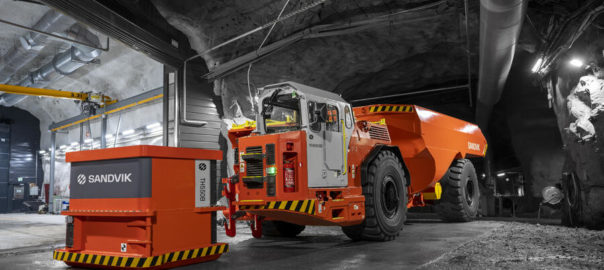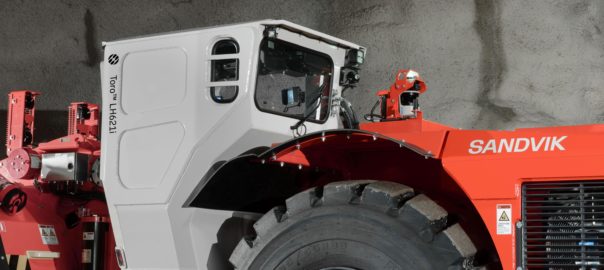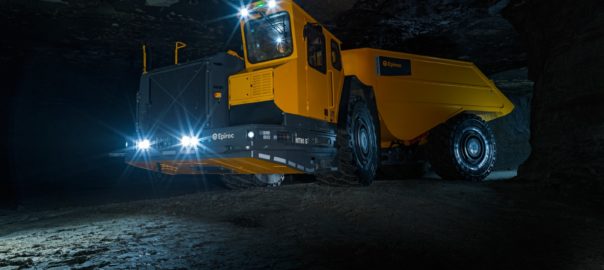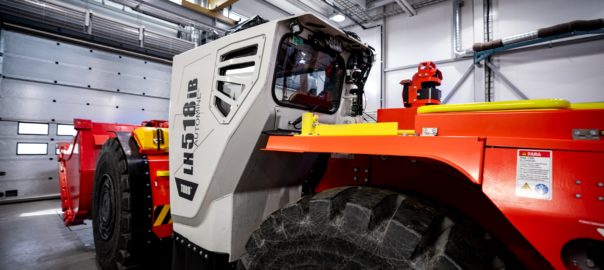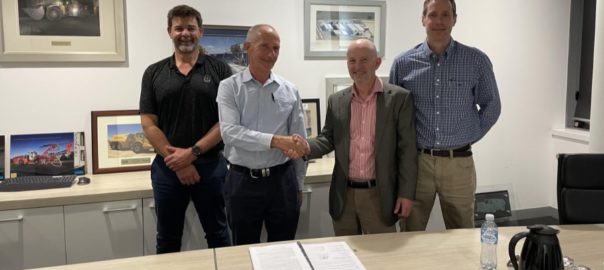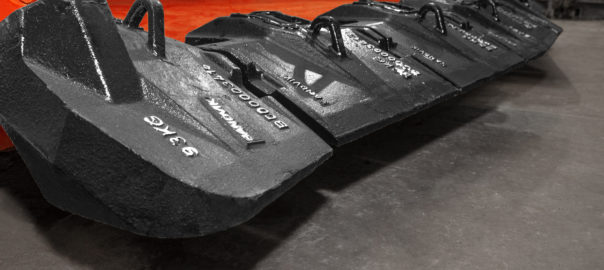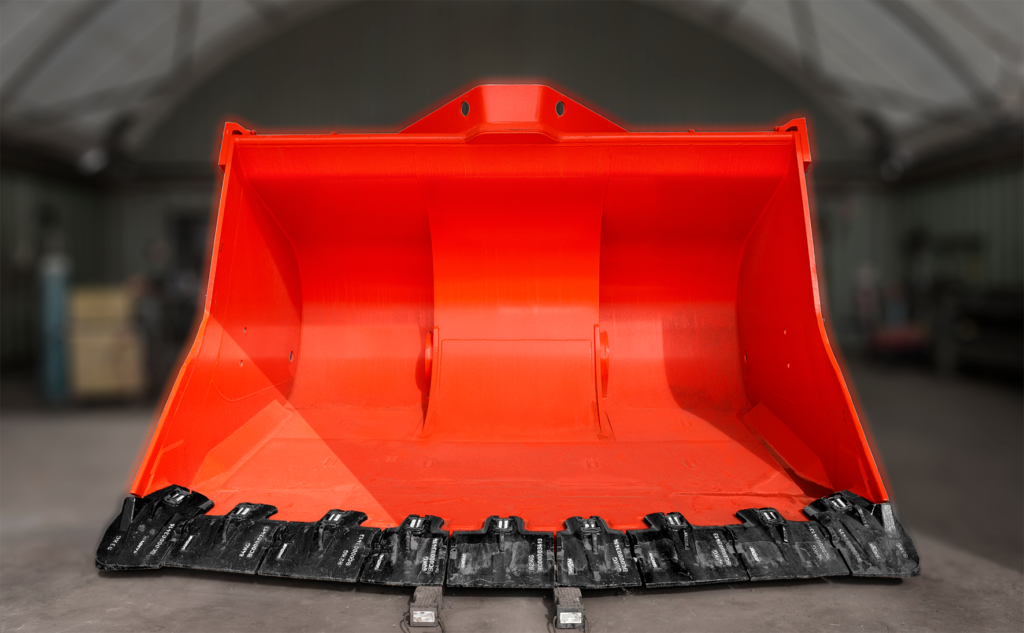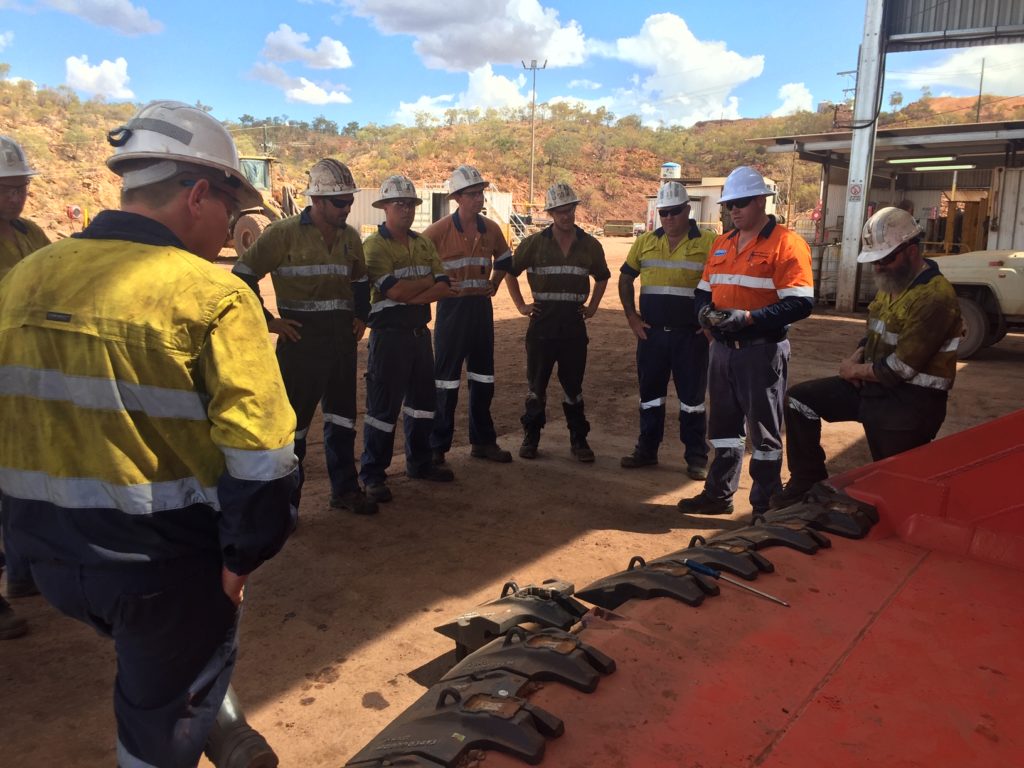Duncan Bradford (pictured) says Saudi Arabia’s flagship digital gold mine won’t maintain its new title for long, with the early success of a technology blueprint and partnership at Mansourah Massarah creating a template for Ma’aden’s next major gold project in the Kingdom.
An experienced Australian mining leader who has been executive vice president of Ma’aden’s fast-growing Base Metals and New Minerals Business Unit since 2022, Bradford is overseeing operational ramp-up of the geometallurgically complex Mansourah Massarah mine while running a rule over final feasibility work on nearby Ar Rjum.
Ar Rjum is the cornerstone piece of a plan that has Ma’aden doubling its annual gold output to 1 Moz over the next six years.
Hailed earlier this year as the Middle East’s first digital mine, Mansourah Massarah has been a fitting test of the value that state-of-the-art mine and mobile fleet sensor, software and autonomous technologies can bring to a greenfield site pushing the proverbial envelope on a number of fronts in Saudi Arabia’s nascent gold sector.
Bradford will sit down with Hexagon Chief Product Officer, Dave Goddard, at this month’s IMARC conference in Sydney, Australia, to talk about a partnership that has now been going for five years and which is positively impacting financial, safety and even environmental outcomes at Mansourah Massarah.
Moderated by Worley’s Nick Bell, the discussion will present one of the more fascinating international case studies on the role technology is now playing to help miners counteract long project lead times and high-cost environments.
Bradford, who cut his teeth in Saudi mining at Jabal-Sayid while running major international underground mining contractor Byrnecut’s international business, says an appetite to embrace the industry’s latest technology is paying dividends for Ma’aden. And he expects those dividends to grow.
Mansourah Massarah, with low-grade surface pits and a 4 Mt per annum autoclave and processing plant, is a “learning ground for Ar Rjum” in terms of its use of a sophisticated, integrated digital platform to precisely control material flows and efficient deployment of a contractor’s mobile assets and people.
“We will get the bugs out of the system at Mansourah Massarah so we can have it set up and ready to go from day one at Ar Rjum, which is in terms of tonnes to be more than double the size of Mansourah Massarah,” Bradford says.
“We are not the first company in the world to implement this technology. Places like Australia and the US have got it. But we are the first in Saudi to implement it and certainly one of the few mining companies to install such a system on a contractor’s owned fleet.
“Unlike all the other gold mines [in Ma’aden’s stable] this is a sulphide and an oxide mine, and it’s a low-grade mine. We need to closely track material coming out of the two different pits feeding ore to the stockpiles, and to actively manage dilution so we don’t destroy value in the orebody. And we need to monitor the ore blend going into the autoclave.
“It’s critical to get not only the gold [in the feed] right but also the organics for the sulphur content for the autoclave. Ultimately I want the system to help control the grade going through the stockpiles, through the crusher, into the system. We’re not there yet, but we are on the path.”
Mansourah Massarah is a beachhead, too, for Hexagon, one of the world’s major mining technology providers.
It has given the Swedish-headquartered company a base on which to build in one of the world’s most exciting mineral exploration and development growth regions. It has provided an avenue to demonstrate the capabilities of a software, sensor, operator safety and machine control technology stack assembled and integrated over the past decade.
Most importantly though, Goddard says, the long-term alliance is showing collaboration can be more than a slogan in the industry.
“It’s been very encouraging to see the step-change in terms of productivity the products can help bring,” he says. “They are, in essence, optimisation tools and the latest configuration parameters and algorithms build on work we have done over a number of years at mining projects across the globe.
“Leveraging that value in a partnership, though, really comes down to trust and a willingness to adopt. And I think that’s what is really key here.
“When we went into Saudi Arabia we made a commitment to Maaden and also to the Kingdom; to be a permanent presence there and to be real partners. The level of trust has governed the speed and effectiveness of the technology rollout at Mansourah Massarah.”
Written by Richard Roberts, Editorial Director, Beacon Events.
International Mining is a media sponsor of IMARC, taking place on October 29-31, in Sydney, Australia.









